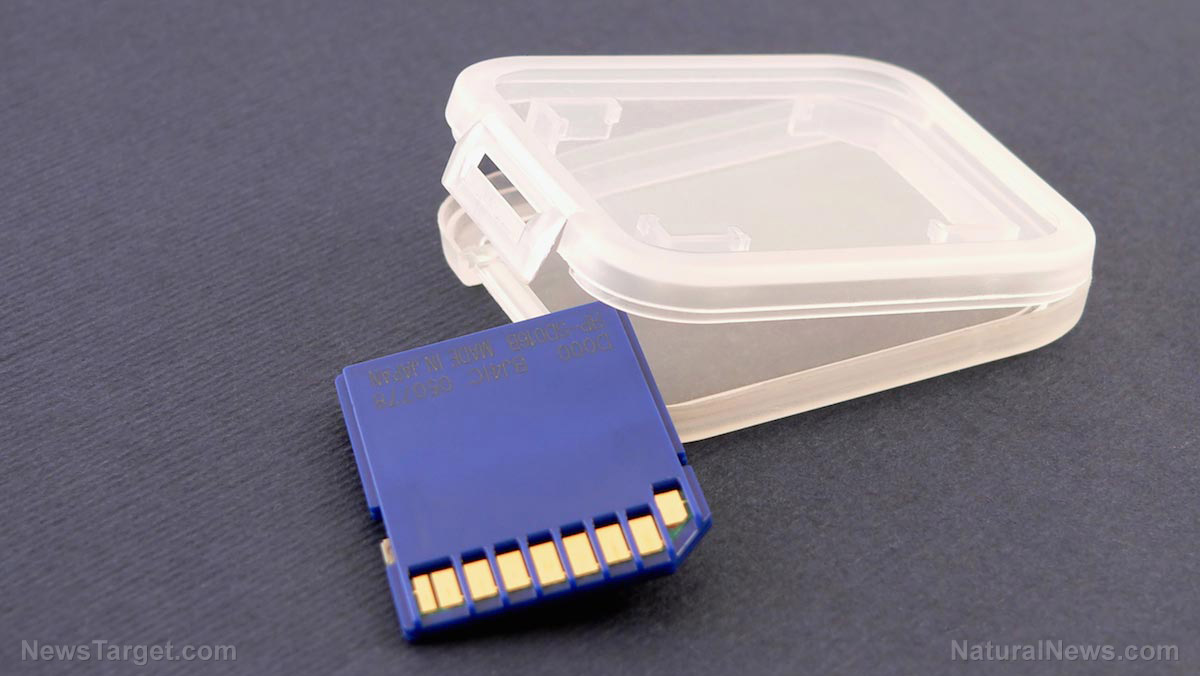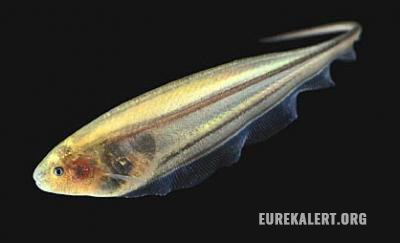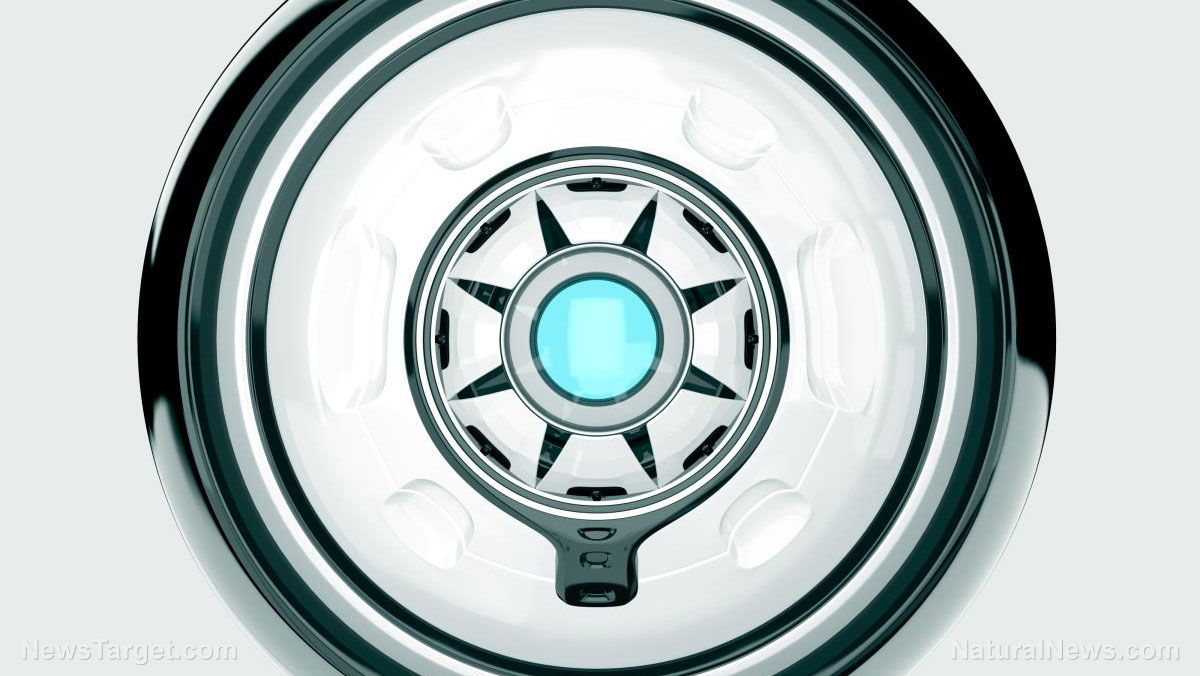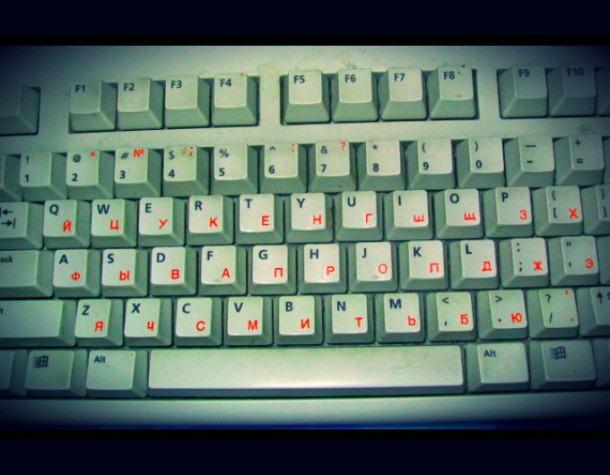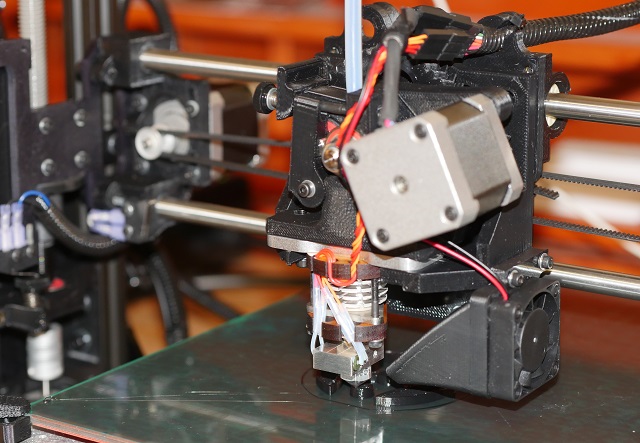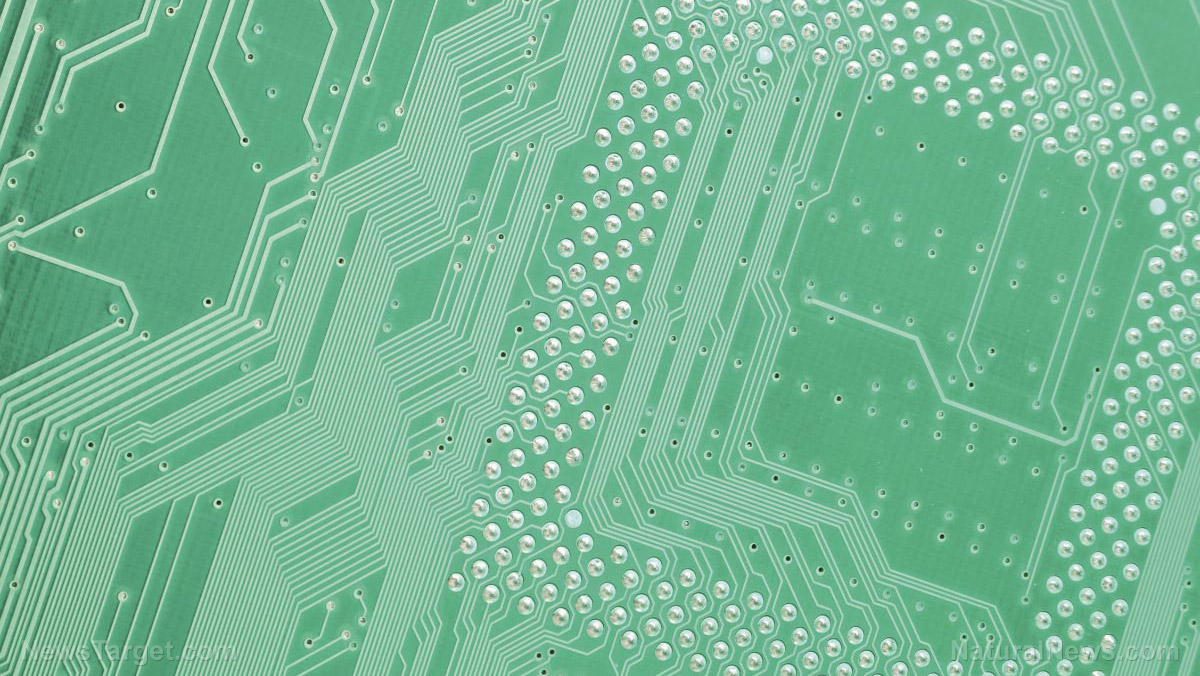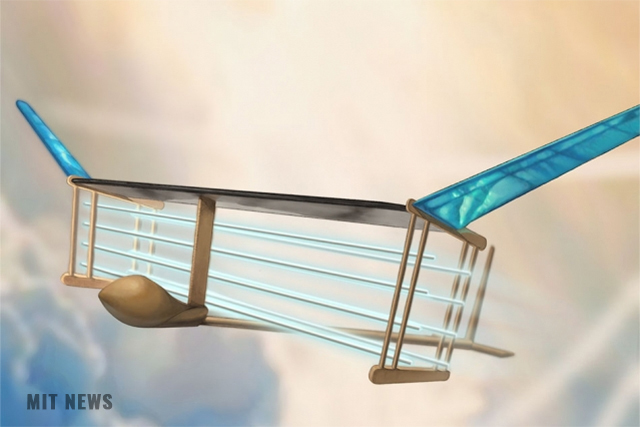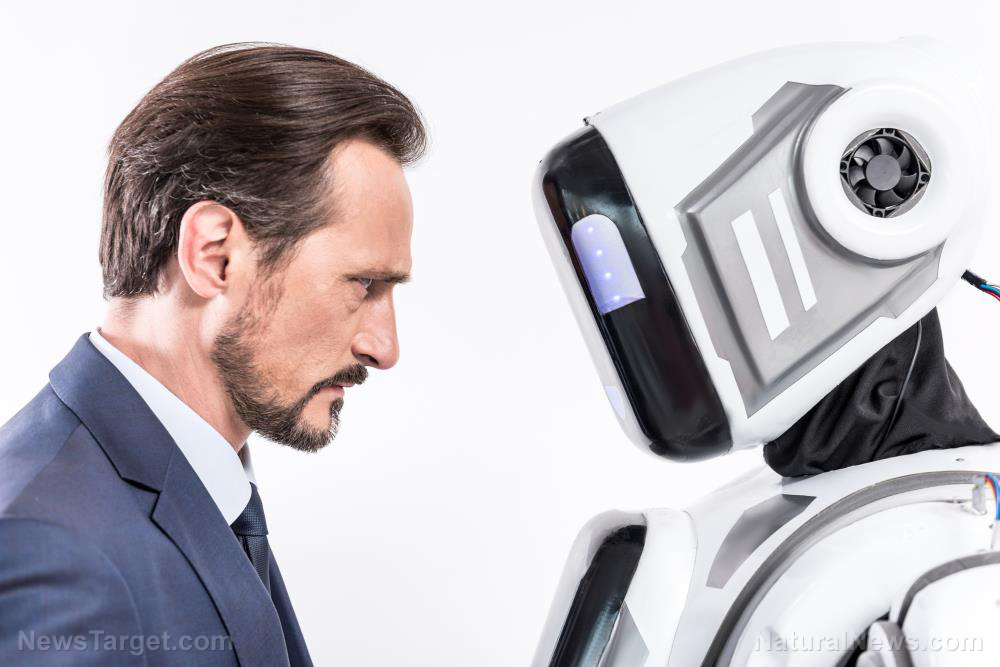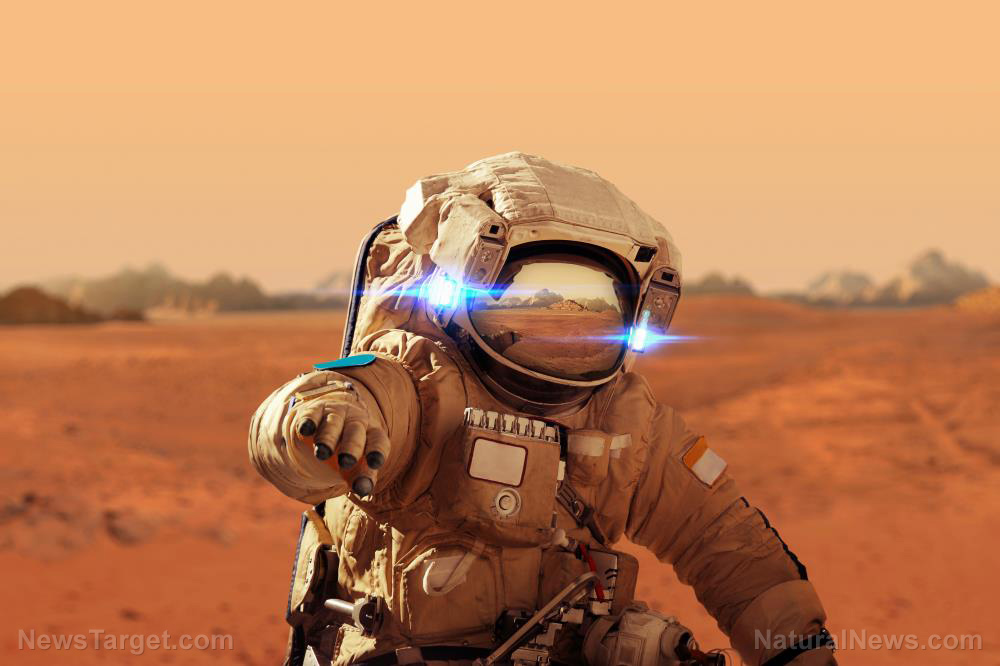3D printing is key for the successful colonization of Mars
03/03/2019 / By Edsel Cook
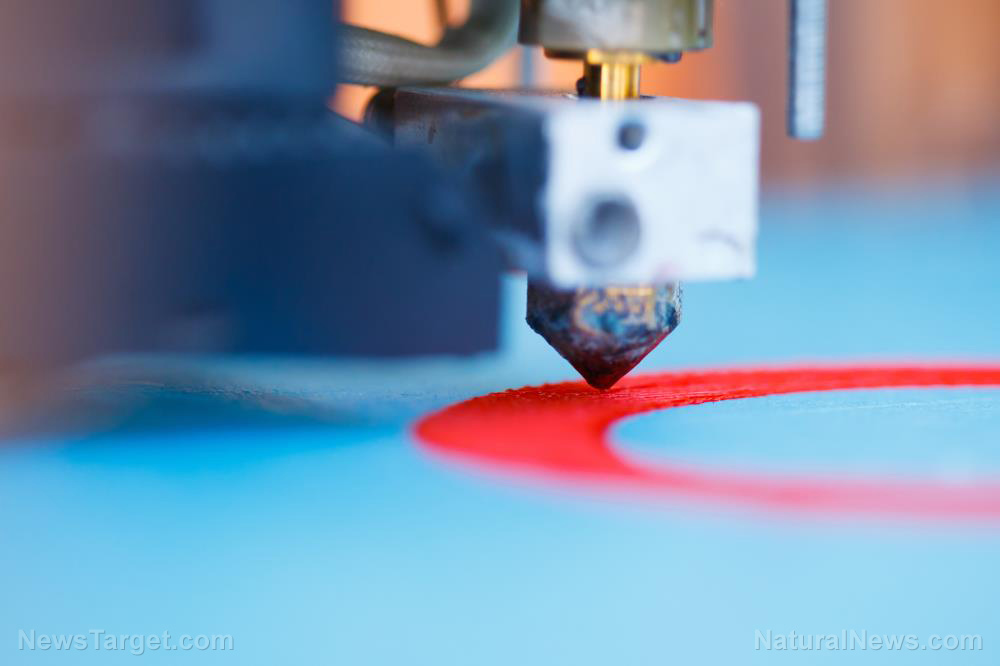
When humans finally take over Mars, it will be with the help of 3D printing technology. Additive manufacturing will provide invaluable services during the colonization of the Red Planet, including the all-important role of shielding colonists from deadly cosmic radiation.
Traditional manufacturing lines are limited to building a single product. A 3D printer, on the other hand, can change the design it is producing at any time.
Furthermore, a printer will be able to create very complicated shapes that cannot be produced by injection molding or computer-controlled cutting techniques. Boeing discovered that 3D printing could make honeycomb shapes that are stronger than conventional struts. These structures are also lighter and need less materials to make.
Meanwhile, GE has tested printed parts in its new, high-performance jet engine. The engine company reported that the parts could withstand the rough conditions of the engine, which are comparable to the harsh environment of outer space and Mars.
Additive printers have already been deployed aboard the International Space Station. There, they make special tools for the resident astronauts.
NASA is also looking for habitat designs that can be printed on Mars with raw materials harvested from the spot. Taking only 3D printers aboard a spaceship made from light yet strong additive parts will save a lot of space and weight. (Related: Scientists create a “bionic mushroom” that produces electricity.)
Experts believe we should turn over 3D printing design jobs to AI
The process of 3D printing is a digital one. You select a digital file that contains the design you want the printer to make. You can also edit the file in order to modify certain parts of the product to suit the task at hand.
Experts are suggesting that this process can be automated and turned over to an artificial intelligence which can perform the job better than its human counterpart. Many companies are already offering applications that foist the design work on computers.
In this “generative design” process, the human product developer will the set the primary limitations and objectives of the product. The artificial intelligence will come up with designs that could do the job with the greatest efficiency.
Supposedly, combining the flexibility of 3D printers and the electronic brain of a computer can produce significant breakthroughs in additive products. Generative design is believed to be the best bet at finding a solution to the problem posed by cosmic radiation.
Martian colonists will need to use their 3D printers smartly
A trip to Mars will take several months. The colonists will stay on the Red Planet for the rest of their lives. Throughout that time, they will be exposed to high levels of high-energy particles from the Sun and from outer space.
This cosmic radiation can cause cancers that could lead to early death. The Mars colonists will need sufficient protection aboard their spaceship and on the surface of Mars.
The local soil can be used to print habitats, but the ordinary material is not going to keep out the radiation. Excavating subterranean structures is also not feasible.
One of the likeliest options is to surround the spaceship and habitats with water-filled structures. The insulating properties of water make it an excellent shield against cosmic radiation.
Such a container needs to meet a lot of criteria. It must keep the protective water from leaking out. The compartment must withstand the physical stress caused by sloshing liquid during movement. Finally, it needs to be space-worthy and Mars-worthy.
Faced with these and other challenges, Martian settlers can only rely on their wits and their 3D printers. They will need to bring the best designs and raw materials that can only be found on Earth.
Sources include:
Tagged Under: 3D printers, 3D printing, artificial intelligence, breakthrough, cosmic radiation, future tech, Mars, Mars colonization, mars colony, new tech, Space, space exploration, space travel, technology


